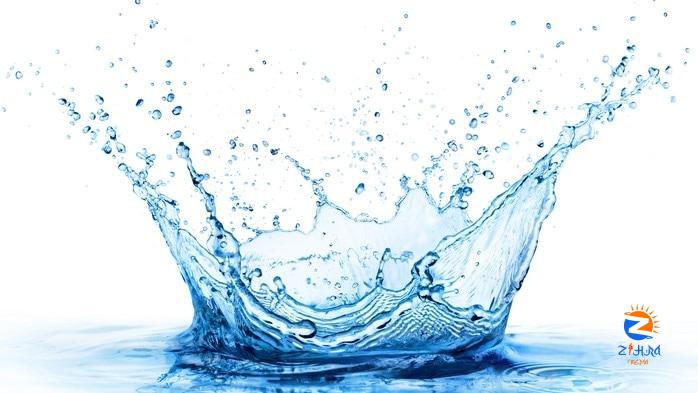
[ad_1]
Overview
Community water fluoridation is a cornerstone strategy for prevention of cavities in the U.S. It is a practical, cost-effective, and equitable way for communities to improve their residents’ oral health regardless of age, education, or income.1
CDC named fluoridation of drinking water one of 10 great public health interventions of the 20th century because of the dramatic decline in cavities since community water fluoridation started in 1945.
How it works
Almost all water contains some naturally occurring fluoride, but usually at levels too low to prevent cavities. The recommended fluoride concentration in drinking water (also called the optimal level) is 0.7 milligrams of fluoride per liter of water.2 This is about equal to 3 drops of water in a 55-gallon barrel.
Community water systems add fluoride as needed to reach the optimal level. Communities also might remove fluoride if the natural level is too high.
Fluoridated water bathes teeth with a low level of fluoride throughout the day. This helps strengthen a tooth’s surface, making it more resistant to decay.
Did you know?
Foods and beverages are often processed in communities that have fluoridated water. This extends the benefits of water fluoridation to people who live outside the community. This secondary benefit is called the halo (or diffusion) effect.
What the research shows
Studies continue to show that widespread community water fluoridation prevents cavities and saves money, both for families and the health care system.
Drinking fluoridated water keeps teeth strong and reduces cavities by up to 25% in children and adults. 34This results in less mouth pain, fewer fillings or teeth pulled, and fewer missed days of work and school.
Communities of 1,000 or more see an average estimated return on investment (ROI) of $20 for every $1 spent on water fluoridation. The ROI for community water fluoridation increases as the community size increases, but even small communities save money.5 Communities served by fluoridated water save an average of $32 per person a year by avoiding treatment for cavities.5
What CDC is doing
CDC works to improve the oral health of the nation by encouraging the effective use of fluoride products and community water fluoridation.
What you can do
Use fluoride toothpaste and drink fluoridated water if it is available where you live. Fluoride’s protection against cavities works at all ages.
If your drinking water is not fluoridated, ask your dentist, family doctor, or pediatrician if your child should take an oral fluoride supplement, such as drops, tablets, or lozenges. Visit a dentist regularly for checkups and cleanings.
[ad_2]